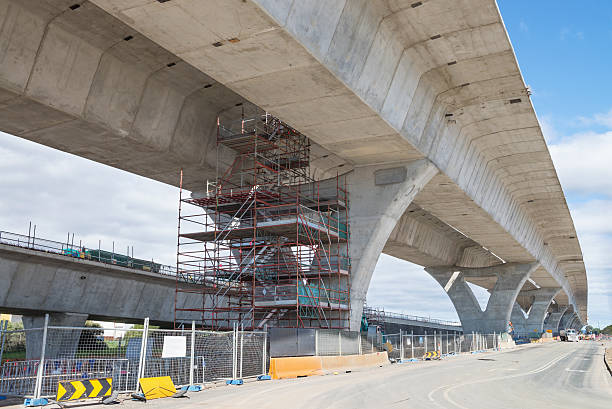
What causes foundation issues?
Foundation issues can be a homeowner’s nightmare, often manifesting in cracks, uneven floors, or doors that won’t close properly. Understanding the root causes of these problems is crucial for effective solutions.
Factors such as soil composition and external influences play significant roles in the stability of a building’s foundation. By examining how these elements interact with the structure of a home, our network can begin to unravel the complexities behind foundation issues. But what specific aspects of soil and external factors actually contribute to these troublesome situations?
Soil Conditions and Foundation Problems
Soil conditions play a crucial role in the development of foundation problems, as the stability and composition of the soil directly impact the structural integrity of buildings. Different soil types have varying abilities to support the weight of a structure, affecting how foundations settle over time. Clay soils, for example, expand and contract significantly with changes in moisture levels, leading to foundation movement and potential damage. Sandy soils, on the other hand, are prone to shifting and erosion, which can also result in foundation issues.
Furthermore, the presence of organic materials in the soil can weaken its load-bearing capacity, posing risks to the stability of foundations. Compaction of soil during construction is another critical factor; inadequate compaction can lead to uneven settling and structural problems.
Understanding the soil conditions specific to a building site is essential for implementing proper foundation design and construction techniques to mitigate potential issues. Conducting soil tests and consulting with geotechnical engineers are vital steps in ensuring the long-term stability and safety of a building’s foundation.
External Factors Impacting Foundations
External influences beyond soil conditions can significantly impact the stability and integrity of building foundations. One of the key external factors that can affect foundations is the presence of trees near the building. Tree roots seek out water sources, causing them to grow towards the moisture-rich soil beneath the foundations.
As roots expand, they can exert pressure on the foundation, leading to cracks and structural damage over time. Additionally, changes in moisture levels in the soil surrounding a foundation can have a significant impact. Excessive moisture, often due to poor drainage or inadequate grading, can soften the soil, reducing its load-bearing capacity and potentially causing the foundation to settle unevenly.
On the other hand, prolonged drought conditions can cause soil shrinkage, leading to foundation settlement and cracking. Furthermore, seismic activity in earthquake-prone regions can pose a serious threat to foundations. The lateral forces generated during an earthquake can cause foundations to shift, settle, or even fail, emphasizing the importance of designing foundations to withstand such external forces.